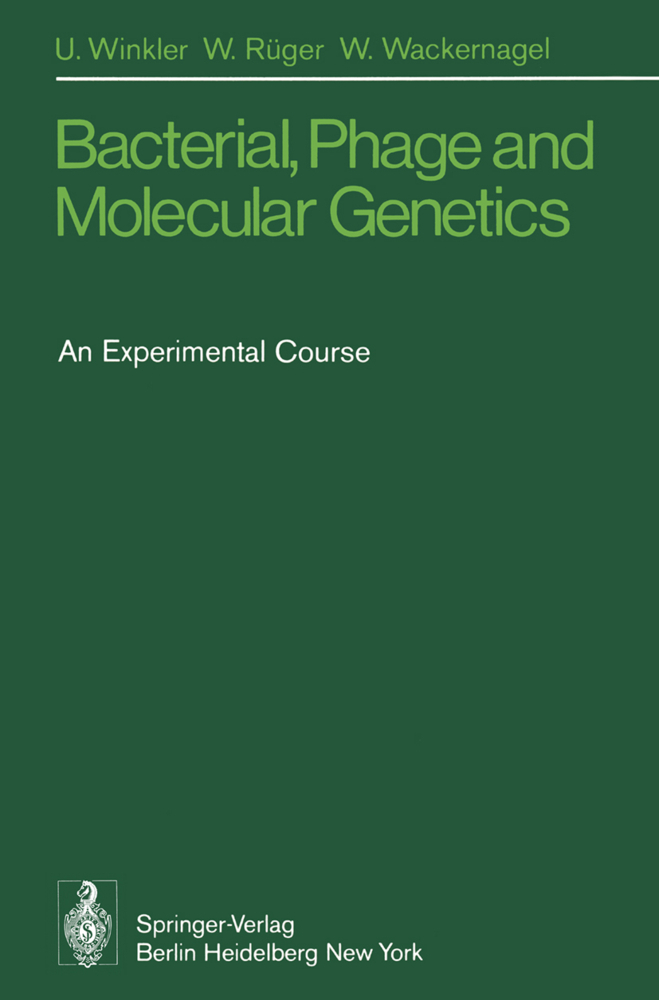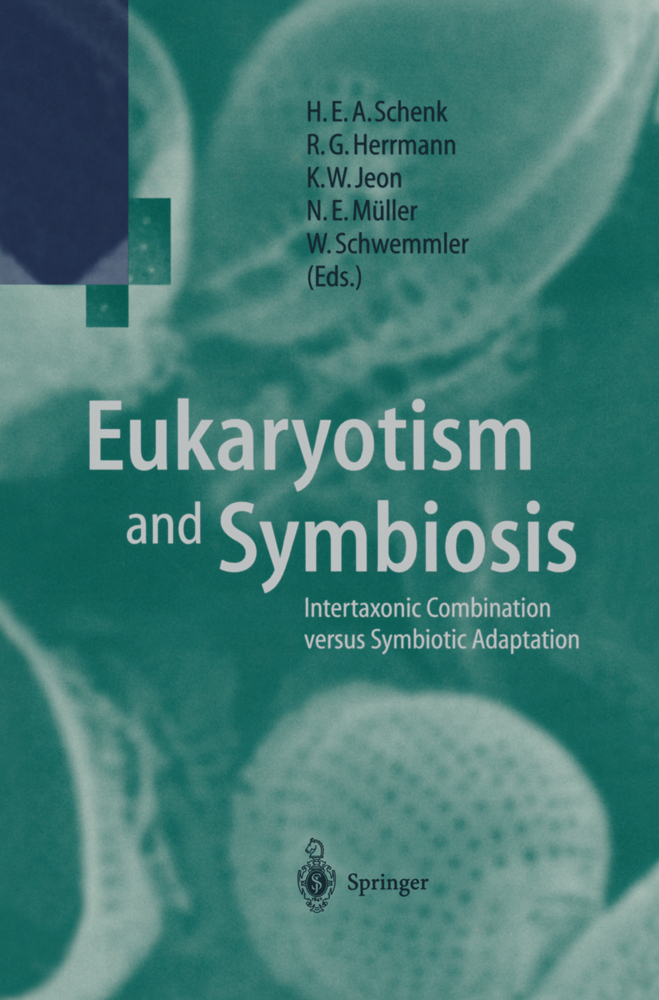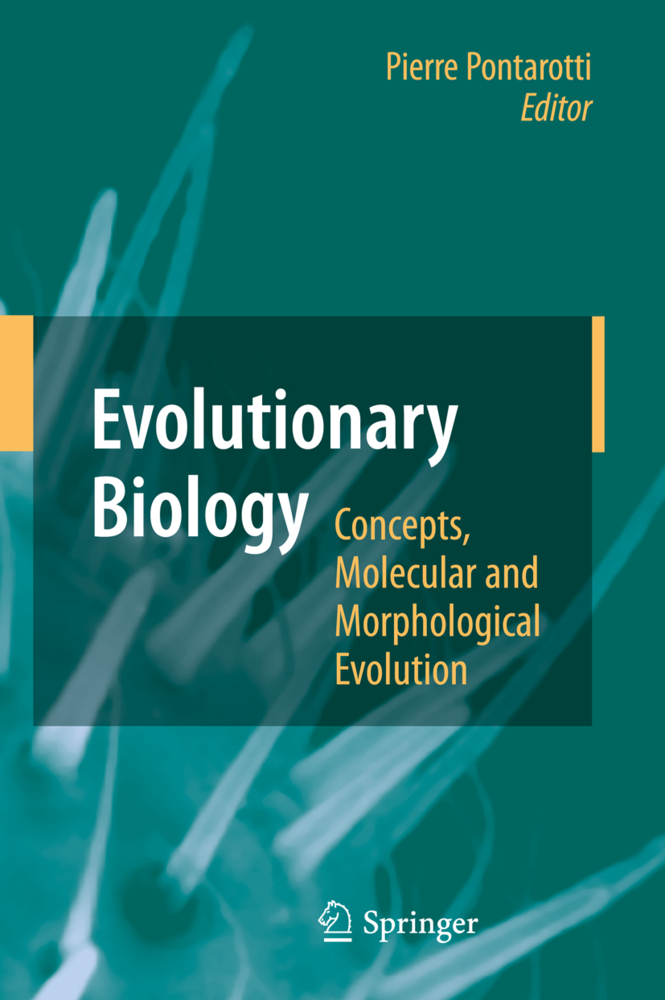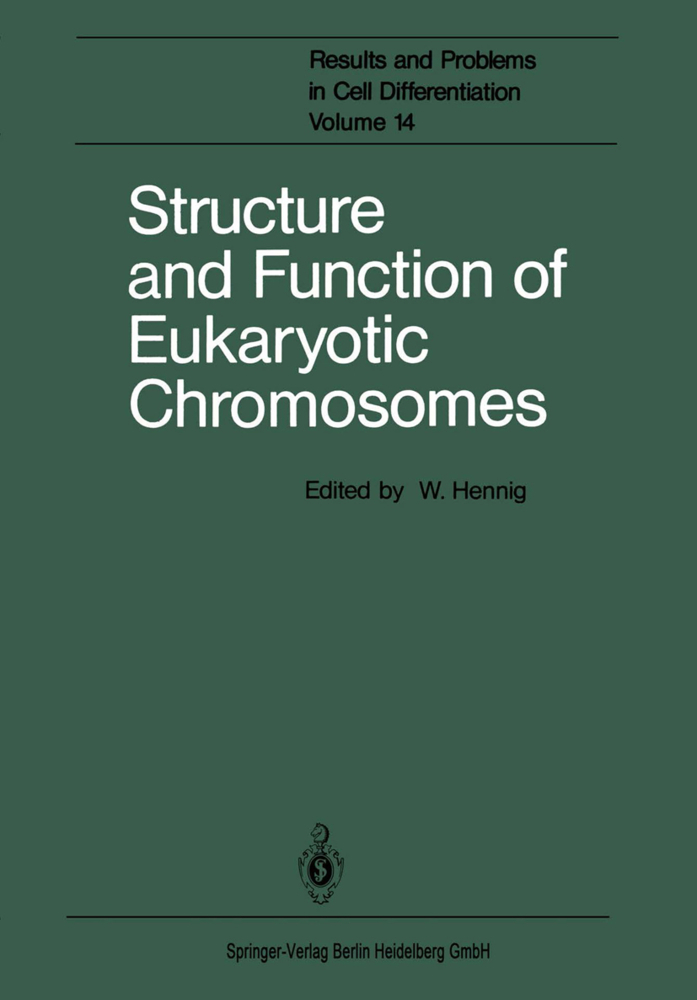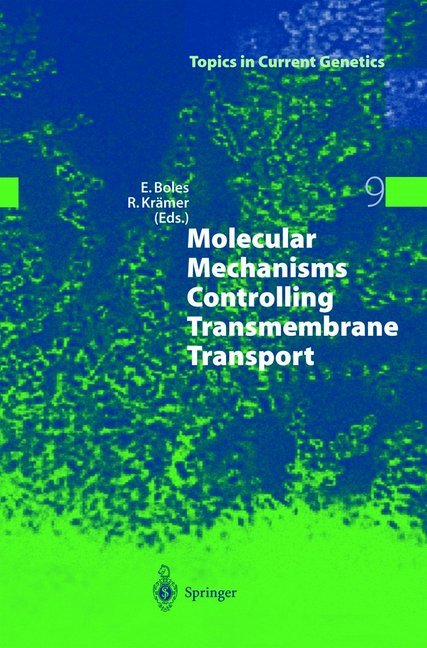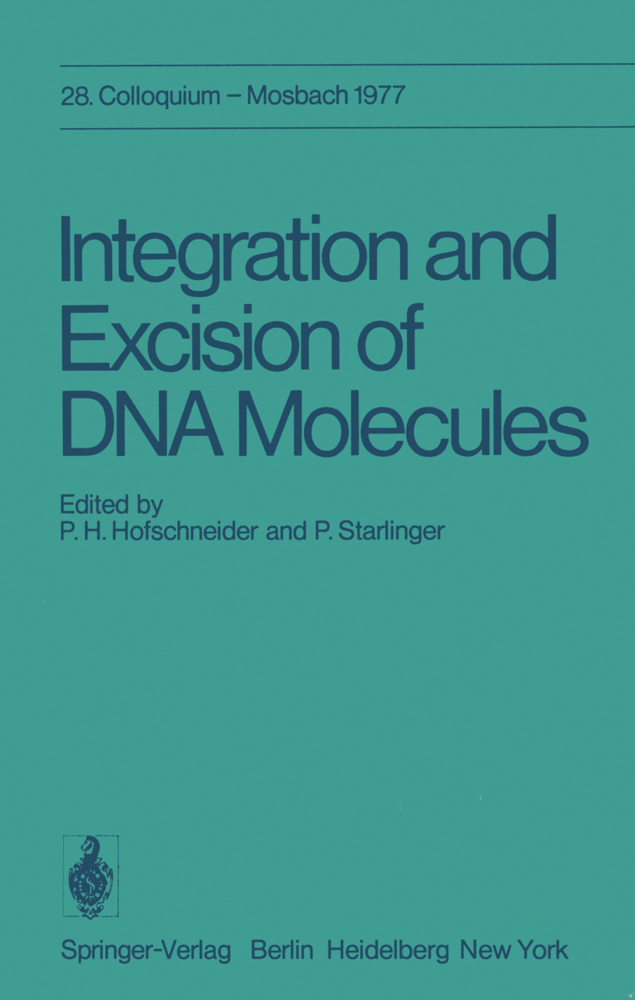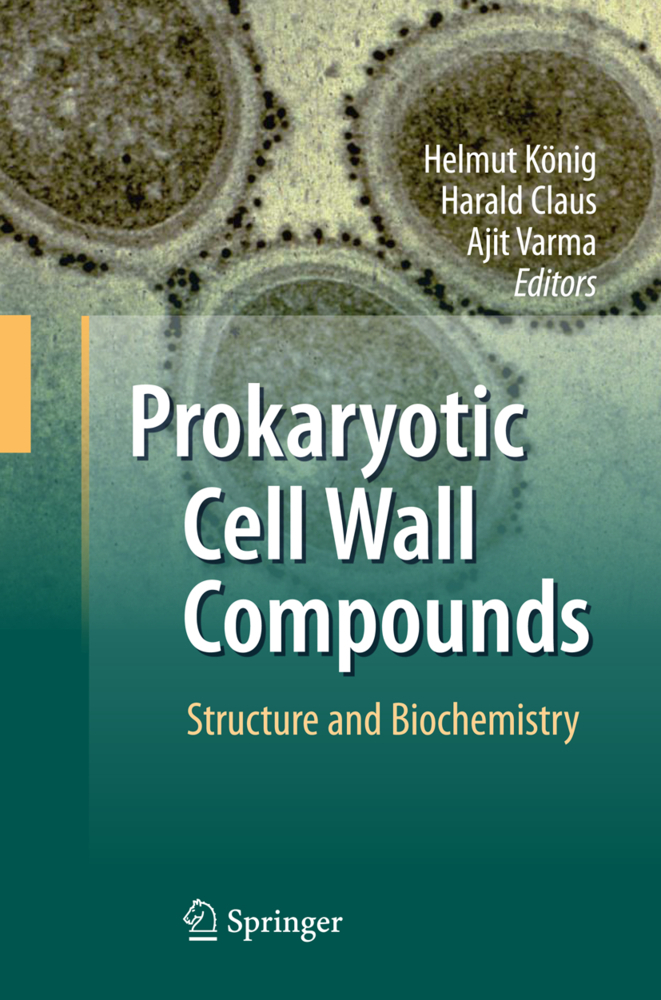Bacterial, Phage and Molecular Genetics
An Experimental Course
Bacterial, Phage and Molecular Genetics
An Experimental Course
During the mid-forties bacteria and phages were dis covered to be suitable objects for the study of genet ics. Genetic phenomena such as mutation and recombina tion, which had already been known in eukaryotes for a long time, were now shown to exist in bacteria and phages as well. New phenomena as lysogeny and trans duction were discovered, which gained great importance beyond the field of microbial genetics. Bacteria and phages are of small size, multiply rapid ly, and have chemically defined growth requirements. Many selective procedures can be applied to screen for rarely occurring mutants or recombinants. Therefore, they offered ideal conditions to investigate genetic processes and to interpret them in molecular terms. Many new methods were developed (e. g. CsCl density gradient centrifugation) and old techniques were im proved and modified for new purposes (e. g. chemical mutagenesis). Hypotheses, such as the semiconservative replication of DNA, mutation by transition and trans version and operon regulation, have had an extraordi narily stimulating effect on the research in general genetics. Thus, in the past two decades, from the ge netics of microbes (including fungi) the field of mo lecular genetics developed. Many text books compete in presenting the latest knowledge on this subject. But to date there are only a few laboratory manuals which introduce the student of biology to the manifold ex perimental techniques of microbial and molecular gene tics. This laboratory manual is an attempt to redress the balance.
B. Basic Equipment for the Experiments
C. Calculation of Titers and Some Statistical Methods
D. Technical Literature
II. Experiments and Problems
A. Phage Growth and Ultracentrifugation
B. Nucleic Acids and Transcription
C. Mutation and Photobiology
D. Transfer and Recombination of Genetic Material
E. Phenotypic Expression
III. Appendix
A. Nutrient Media and Solutions
B. Strains of Bacteria and Phages
C. Sources of Supplies for Experiments
D. The Recording of Scientific Experiments.
IV. Experimental Results and Answers to the Problems
A. Experimental Results
B. Answers to the Problems
The Genetic Code.
I. General
A. Abbreviations and Expressions Frequently UsedB. Basic Equipment for the Experiments
C. Calculation of Titers and Some Statistical Methods
D. Technical Literature
II. Experiments and Problems
A. Phage Growth and Ultracentrifugation
B. Nucleic Acids and Transcription
C. Mutation and Photobiology
D. Transfer and Recombination of Genetic Material
E. Phenotypic Expression
III. Appendix
A. Nutrient Media and Solutions
B. Strains of Bacteria and Phages
C. Sources of Supplies for Experiments
D. The Recording of Scientific Experiments.
IV. Experimental Results and Answers to the Problems
A. Experimental Results
B. Answers to the Problems
The Genetic Code.
Winkler, U.
Rüger, W.
Rüger, W.
Wackernagel, W.
Schulte-Hiltrop, G.
| ISBN | 978-3-540-07602-5 |
|---|---|
| Artikelnummer | 9783540076025 |
| Medientyp | Buch |
| Copyrightjahr | 1976 |
| Verlag | Springer, Berlin |
| Umfang | VIII, 242 Seiten |
| Abbildungen | VIII, 242 p. 19 illus. |
| Sprache | Englisch |

